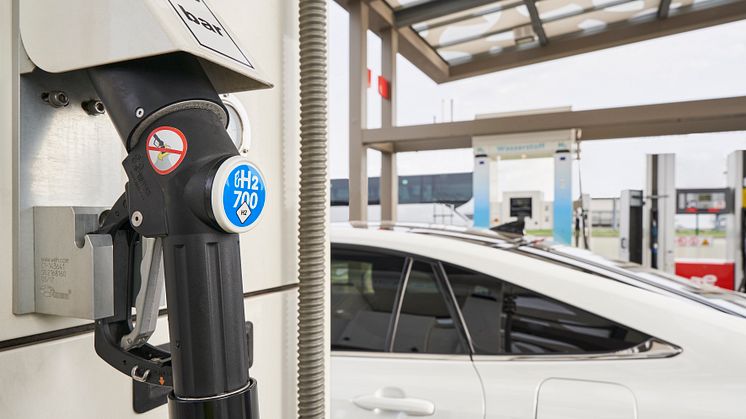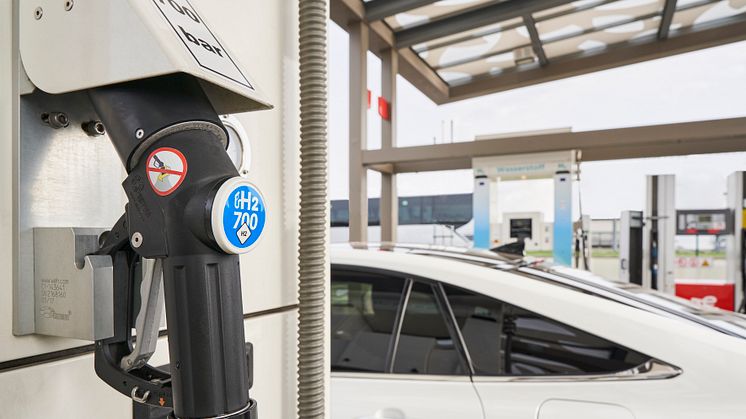
News -
Hydrogen in Public Transport: Opportunities, Challenges and the Role of Decentralization
A recent study by engineering company IMI shows that 93% of decision-makers in European public transport express concerns about the network capacity to supply battery-electric and hydrogen-powered fleets. The survey of 300 executives from the UK, Germany and Italy highlights key challenges and potentials of hydrogen use in the transport sector.
Although grid capacity is a hurdle, 89% of respondents consider hydrogen a suitable alternative to overcome the limitations of battery electric vehicles, particularly in terms of weight, range and grid load. “Public transport has great potential to benefit from the transition to hydrogen,” explains Andrea Pusceddu, Business Development Director for Hydrogen at IMI. “Our study provides valuable insights into how decision-makers evaluate the introduction of this technology.”
The results show an increasing willingness to invest: 21% of respondents have already purchased hydrogen-powered vehicles, 61% plan to invest in the next two years and almost 75% expect to expand their hydrogen fleets within the next decade. This development is consistent across all markets surveyed.
Despite this positive outlook, infrastructure remains a major challenge. Only 25% of respondents have a permanent refueling infrastructure. IMI therefore emphasizes the importance of decentralized electrolysis plants that enable local hydrogen production and reduce dependence on centralized supply networks.
Another obstacle is the safe storage of hydrogen. 76% of British, 73% of Italian and 66% of German respondents see this as a major challenge to widespread adoption. In view of the expected growth in hydrogen-powered fleets and the lack of large-scale production and distribution infrastructure, the report highlights the need for decentralized storage options and local electrolysers.
In addition to infrastructural issues, profitability also plays a key role. “The profitability of investments is particularly relevant for the public sector, especially for subsidized projects,” explains Pusceddu. “In addition to technological feasibility, it must also be ensured that hydrogen vehicles can be refuelled independently of centralized production capacities.”
Another obstacle is the lack of technical expertise. Respondents cited this as the most common decision factor when purchasing new vehicles. This underlines the potential for closer collaboration with electrolyser developers to minimize risks and test hydrogen applications in operation.
The results of the study are summarized in the new IMI report The Road Ahead. This analyses the role of decentralization for the introduction of hydrogen in public transport and, in particular, examines the impact of on-site electrolysers on Europe's existing energy infrastructure.

